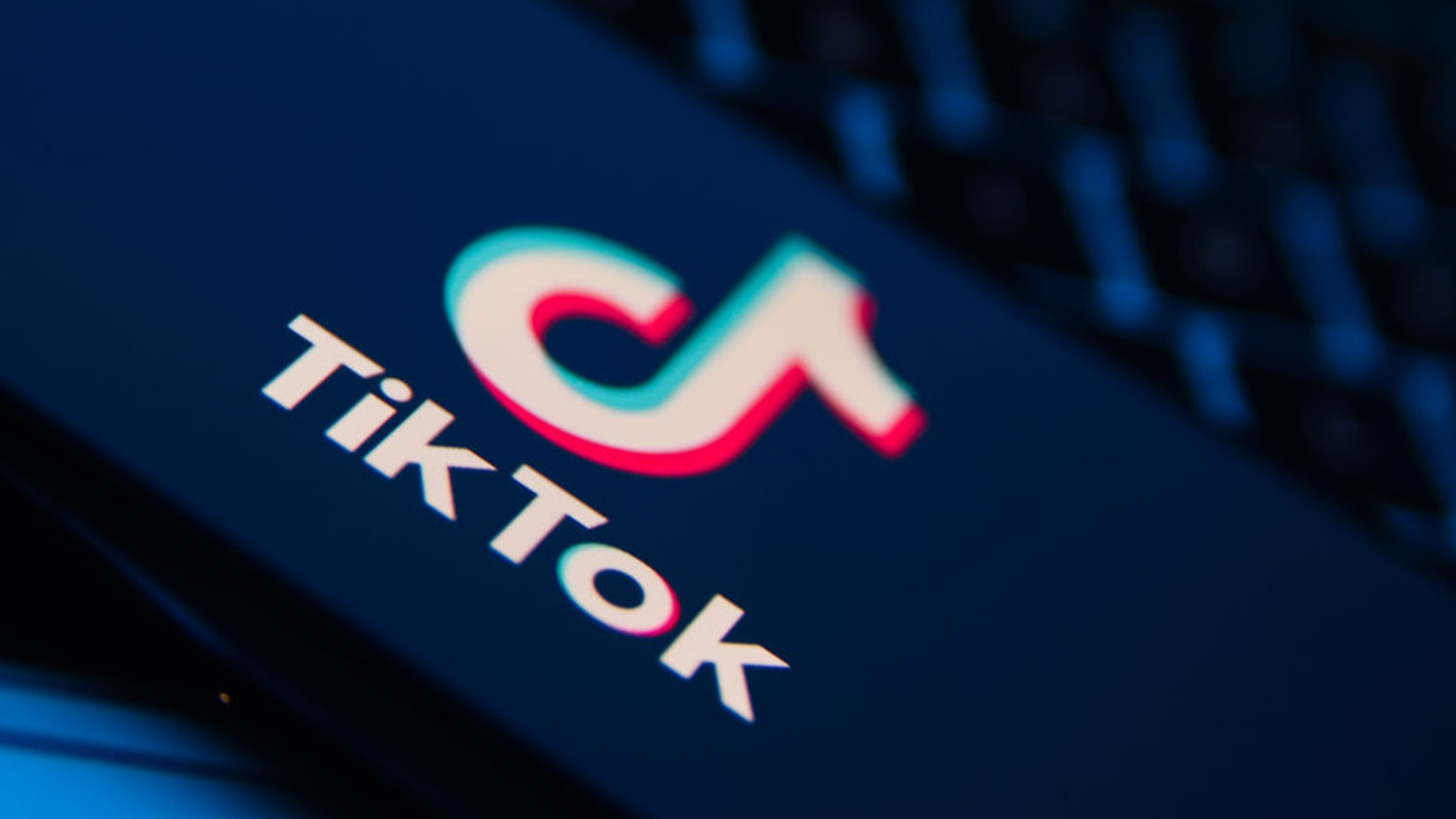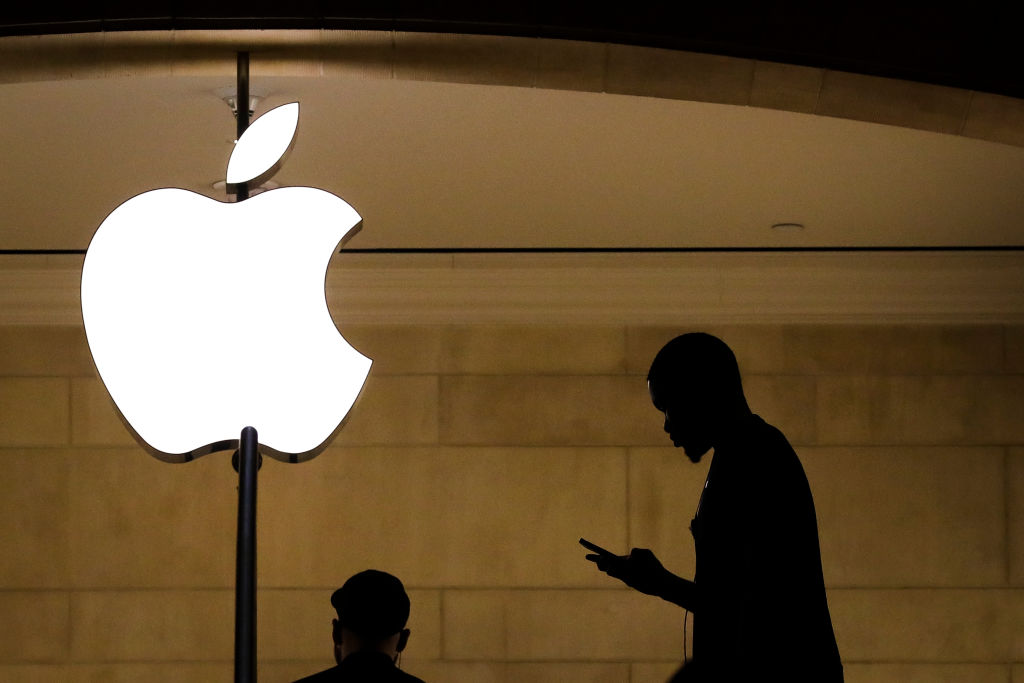By now, most office environments allow employees the option of working from home for at least some portion of the week. Ever since the COVID-19 pandemic proved that working from home was a viable strategy for many industries, a wide array of employees have expressed that they actually prefer it over commuting into the office. Despite this trend, many executives, land developers and middle managers prefer to have some face time with their employees, believing that in-office standards are responsible for keeping productivity in check. While this may be true for some employees, many others have taken to a new trend called coffee badging, which appears to boost their productivity, while actually reducing the total amount of work they complete in a given day.
Coffee badging is the latest cultural buzzword floating around office environments, centering on the flexible nature of the hybrid workspace. In order to break down how it impacts a return-to-office schedule, we’ll first have to dissect the term, and understand exactly how this trend came to be. Without any further preamble, let’s examine the trend, and hone in on the lasting effect of coffee badging.
What Is Coffee Badging?
Coffee badging is a relatively new term, though the practice has existed for many years. The term is used to describe employees who primarily work from home, but still appear in the office on occasion to satisfy attendance requirements or make an impression on their management team. The practice sees an employee clocking in at the office before immediately breaking to make coffee on company time, hold court in the break room or generally pretend to be busy. Most definitions of coffee badging also include showing up late and leaving early to beat traffic as part of the strategy, as the actual breadth of work accomplished is irrelevant.
The people who sign your paychecks may refer to this sort of thing as wage fraud if they discover that you’re doing it an inordinate amount, though coffee badging is generally a performance to satiate those exact managers. The point of coffee badging is to provide an illusion that you have a maintained presence in the office, in a reversal of the expression “out of sight, out of mind.” Despite these appearances, coffee badgers aren’t actually getting much of any work done while in the office, and instead pile on their projects when they return to their homes.
How Common Is Coffee Badging?
According to the think-tank and tech company Owl Labs, more than 58 percent of hybrid employees surveyed have admitted to coffee badging, with another 8 percent of employees expressing that they haven’t done it but have considered it, or that they would try it in the future. These figures are alarming, and the rise of TikTok posts focusing on the trend have only continued to push the practice in front of more impressionable employees in recent months. While it may seem like a slick way to save face with your boss and earn a few extra bucks without working too hard, it is alarming that so many employees feel the need to coffee badge, rather than let their work speak for itself.
In theory, employees should be made to feel comfortable with producing notable results in their work, regardless of where the actual labor is performed, and be rewarded or reprimanded based only on their performance. But, as we all know, inter-office politics can sometimes boil down to a popularity contest, with management valuing the individuals that appear to do the best work, not necessarily the drones who work hard and keep their heads down. The same previously mentioned study from Owl Labs dictates that 69 percent of surveyed employees believe that working in an office environment is a relic which only exists due to “traditional” work expectations, arguing that they could easily perform most or all of their needed tasks from their home.
How To Curtail This Practice
Obviously, coffee badging is a blight on employers, who are essentially paying their workers to be less productive than they normally would be at home. While some office space developers may see the method as a sign of greedy young people looking to cash in while being lazy, there is an obvious solution that would eliminate this problem and increase productivity ten-fold. Simply allowing employees the option to work from home and meet their milestones on their own schedule would entirely eliminate the existence of coffee badging, and allow employers to review the actual fruits of their employees’ labor, unencumbered by mandatory face-time.
Coffee badging is an obvious failure of the return-to-office strategy that has been pushed heavily on the workforce since the end of the pandemic lockdown era. While commuting and in-office work is ideal for some employees, a vast majority of workers seem to agree that they would prefer to work from home. Labor is never a one-size-fits-all operation, though it seems clear that some kind of hybrid workforce that allows employees to dictate their own schedule would be the best way for management to get the most bang for their buck. Until that is established, it seems that employees will continue to find new and creative methods, such as coffee badging, to circumvent the need for mandatory office hours.
















